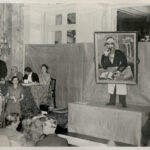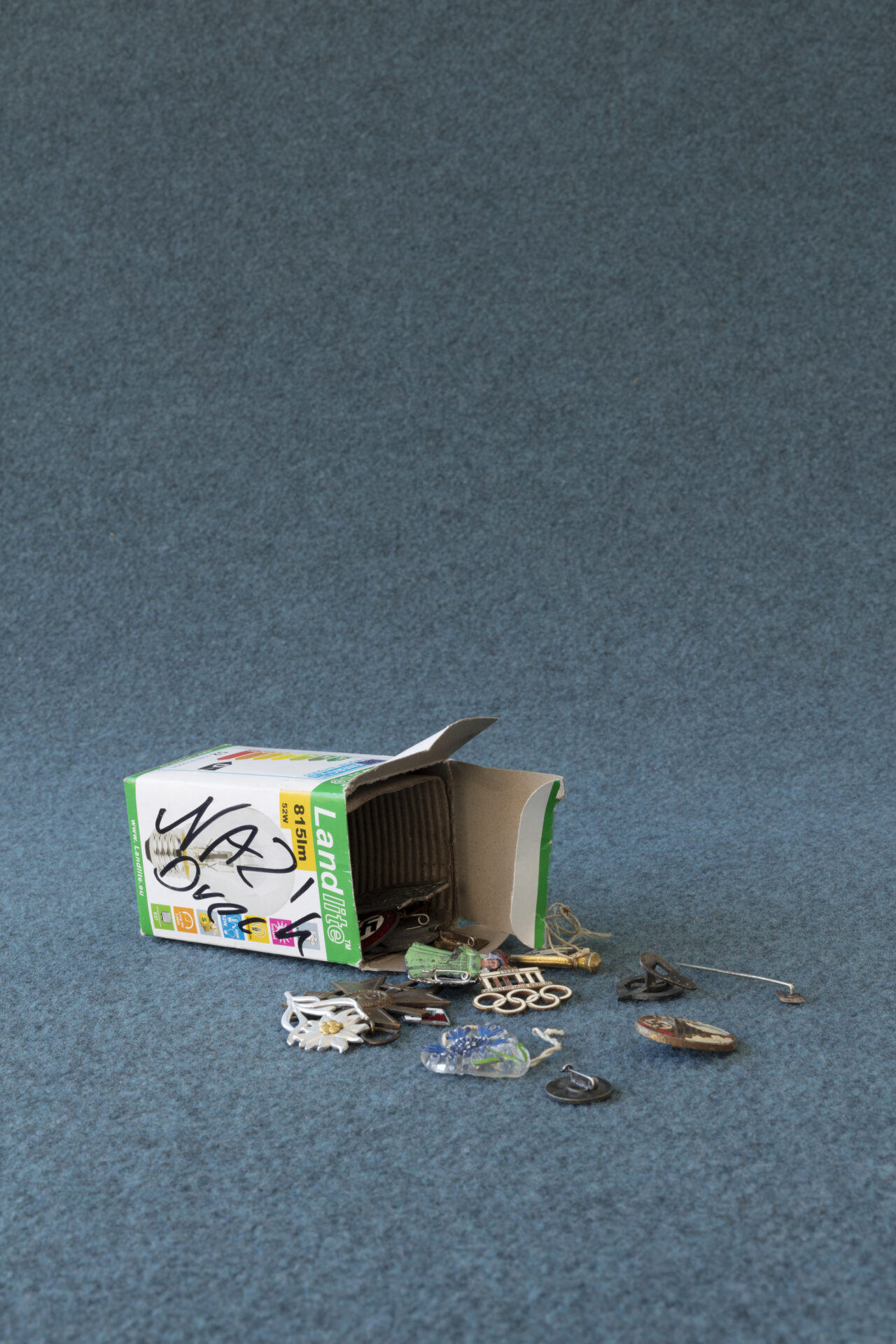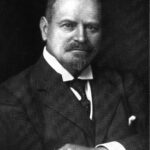«Spreading Nazi symbols is unlawful.»
Laura Langeder on the Vienna exhibition «Disposing of Hitler»
On 8 January 2023 after an extended run, the Haus der Geschichte Österreich in Vienna will dismount its exhibition «Disposing of Hitler. From the Cellar to the Museum» (German: Hitler entsorgen. Vom Keller ins Museum). The exhibit addresses the question of how to deal with private-owned Nazi object bequests. The curators offer insight into their decision-making processes, for instance their criteria for accepting or rejecting Nazi testimonies. Naomi Lubrich corresponded with Laura Langeder, Junior Curator at HDGÖ, as this unusual exhibition comes to a close.
Naomi Lubrich: Laura, how often do people contact the Haus der Geschichte Österreich to give you old Nazi objects?
Laura Langeder: My estimate is that we receive five to ten offers of Nazi-related objects and object groups per month. When we opened our current exhibit, «Disposing of Hitler,» the number increased. Another factor was the lockdowns of 2020 to 2022, which led many private individuals to bring us their estates. Among them were donors of Nazi-related objects, but other donors came as well with unrelated other objects. When people spend time at home, they tidy up.
NL: Why do some of your donors want to give you their Nazi-related objects?
LL: I don’t want to judge their motives, but my impression is that most people have good intentions. Some people can’t estimate whether their objects are historically significant. They’re concerned that the objects may be historically relevant sources. Others don’t want the objects to get into the wrong hands. Our title «Disposing of Hitler» suggests that some people want to rid themselves of their family history, or no longer want to bear the burden of their family’s Nazi past. In museums, family narratives are stored professionally and belong to the public at large. We rarely receive offers to purchase Nazi objects. When we do, we reject them as a matter of principle.
NL: How do you decide whether to accept an object? And under what conditions would you advise donors to get rid of their Nazi-objects?
LL: We collect the offers coming in and discuss them with the museum management and the curating staff every week. The criteria for taking objects into our collection are how well they convey history and what they contribute to research. Our most important question is what stories the objects tell: Who kept them? How were they used? What narrative do they convey? If we reject them, we’ll recommend other institutions that might take them. Sometimes we suggest that the family keep the objects, well-contextualized, as part of its history. If the items are not part of a person’s history, or if they’re mass-produced with no singular character, we might recommend that the owners – under certain circumstances – dispose of them.
NL: What are the conditions under which people are allowed to sell Nazi objects on the open market?
LL: I’m not a lawyer, but according to the Austrian Verbots- and Abzeichengesetz (Prohibition and Badge Act), Nazi symbols may not be disseminated. Selling is a form of dissemination and therefore prohibited. At home, unfortunately, you are allowed to keep all kinds of things, as long as you don’t show them to anyone. But the law is currently being debated. In mid-November 2022, decisions were made to tighten the laws. In this case, even the possession of certain objects could be forbidden.
NL: Your exhibition invites the visitors to participate. Did they?
LL: Yes! The visitors discussed their ideas on what to do with Nazi-related objects openly and intensively. Our curators and mediators, Eva Meran, Markus Fösl, and Louise Beckershaus, developed a number of key interactive elements that were popular. At the moment, we’re evaluating the answer cards that visitors left us in the exhibition.
NL: Laura, I’m curious to know what messages they left you. Thank you very much for your insight!
verfasst am 08.01.2023
Photo: Markus Woergoetter

Eva Reifert on the exhibition «Castaway Modernism»


